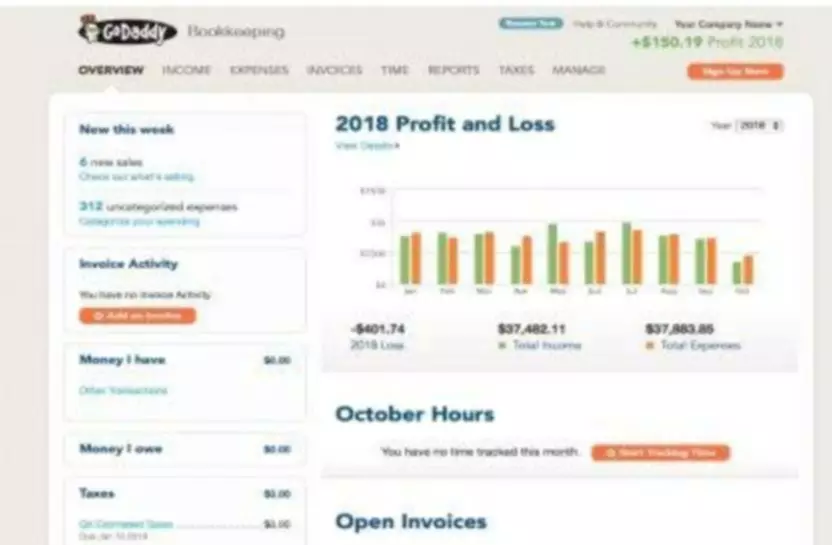In addition to sales returns, the most common contra revenues are sales discounts and sales allowances. Sales allowances are price reductions offered to persuade customers to accept merchandise with damage or minor defects not serious enough to warrant a return. When a contra asset account is first recorded in a journal entry, the offset is to an expense.
What is a contra example?
A major example of a contra account is allowance for doubtful accounts. This contra asset reduces the balance of gross accounts receivable by an estimate of how many receivables will go uncollected. Notice on Amazon's balance sheet that the balance of accounts receivable is noted as being a net amount.
For example, an increase in the form of a credit to allowance for doubtful accounts is also recorded as a debit to increase bad debt expense. The cost of goods sold (COGS) account will have a debit balance of $100,000, representing the initial cost of the inventory. The purchase discounts account will have a credit balance of $2,000 (2% of $100,000), which represents the discount received from the supplier. To offset this, the allowance for doubtful accounts balance is adjusted via a credit, while the bad debt account is debited to balance out the AR account.
Contra Expense
Expenses are the expenditure of the company done to acquire an asset or a service. It results in the outflow of money and has a debit balance on the books of accounting. This type of account could be called the allowance for doubtful accounts or bad debt reserve. The balance in the allowance for doubtful accounts represents the dollar amount of the current accounts receivable balance that is expected to be uncollectible.
The company’s income statement will report the combination of the amounts in accounts 4210 and 4211 in order to show the company’s actual expense of $8,000 ($10,000 minus $2,000). A contra expense is an account in the general ledger that is paired with and offsets a specific expense account. The account is typically used when a company initially pays for an expense item, and is then reimbursed by a third party for some or all of this initial outlay. For example, a company pays for medical insurance on behalf of its employees, which it records in an employee benefits expense account. Then, when the employee-paid portion of the expense is paid to the company by employees, these reimbursements are recorded in a benefits contra expense account. The net effect of the two accounts is a reduced total benefits expense for the company.
Expense account
The amount is reported on the balance sheet in the asset section immediately below accounts receivable. Far less common is the obsolete inventory reserve, which reduces the overall inventory value on the balance sheet. This contra account holds a reserve, similar to the allowance for doubtful accounts. For each debit against the inventory account, there will be a corresponding credit against the obsolete inventory contra account.
When combined, the AR account and the allowance for doubtful accounts contra assets offer a projection of how much net cash is expected to be received from outstanding accounts. Learn about the meaning of contra accounts, how and why they are used, and how to account for balances with them. A contra expense account is a ledger account that is used to offset specific expense accounts such as accumulated depreciation account, purchase… However, that $1.4 billion is used to reduce the balance of gross accounts receivable. Therefore, contra accounts, though they represent a positive amount, are used to net reduce a gross amount. For this reason, contra accounts are primarily seen as having negative balances because they are used to reduce the balance of another account.
Types of Contra Accounts
Thus, the use of a separate contra expense account makes it easier to monitor the flow of expenses and reimbursements. Let’s consider a fictional example of a small retail business called “GadgetHub” to illustrate the use of a contra expense account in financial accounting. The allowance for doubtful accounts is a contra asset because it reduces the value of the accounts receivable (AR) account on the general ledger. https://accounting-services.net/contra-entries/ Often when a company extends goods on credit, management expects some of those customers not to pay and so anticipates writing off bad debt. While accumulated depreciation is the most common contra asset account, the following also may apply, depending on the company. A contra asset is a negative account used in double-entry accounting to reduce the balance of a paired asset account in the general ledger.
- While accumulated depreciation is the most common contra asset account, the following also may apply, depending on the company.
- In other words, this account’s credit balance is contrary to (or opposite of) the usual debit balance for an expense account.
- Expenses are the expenditure of the company done to acquire an asset or a service.
- However, these accounts are still useful when dealing with large quantities of reimbursements, where it is cleaner and less confusing to store the information in a separate account.
Of course, you’ll also have to pay your employees’ wages, your rent, your utilities and other costs. Those are expenses, too, because, without them, you wouldn’t have had a store in which to sell the shoes and collect the revenue. Key examples of contra asset accounts include allowance for doubtful accounts and accumulated depreciation.
Contra Account
There are four key types of contra accounts—contra asset, contra liability, contra equity, and contra revenue. Contra assets decrease the balance of a fixed or capital asset, carrying a credit balance. Contra revenue accounts reduce revenue accounts and have a debit balance. Contra accounts are used to reduce the original account directly, keeping financial accounting records clean. The difference between an asset’s balance and the contra account asset balance is the book value. Contra asset accounts include allowance for doubtful accounts and accumulated depreciation.
Expenses are the costs of doing business, but not all costs are expenses. In accounting terms, an expense is a cost incurred to produce revenue reported on the income statement. If you buy a pair of shoes from your supplier for $20, that’s a cost, but it’s not yet an expense. That’s because, as far as accounting is concerned, you haven’t really “spent” $20. You’ve just converted $20 worth of cash into $20 worth of shoes; an asset that remains in your inventory. Since you no longer have the shoes, aka the asset, you record a $20 expense on your income statement, But you also record $30 in revenue from the sale, so your net income is $10.
Get instant access to video lessons taught by experienced investment bankers. Learn financial statement modeling, DCF, M&A, LBO, Comps and Excel shortcuts. Harold Averkamp (CPA, MBA) has worked as a university accounting instructor, accountant, and consultant for more than 25 years.




